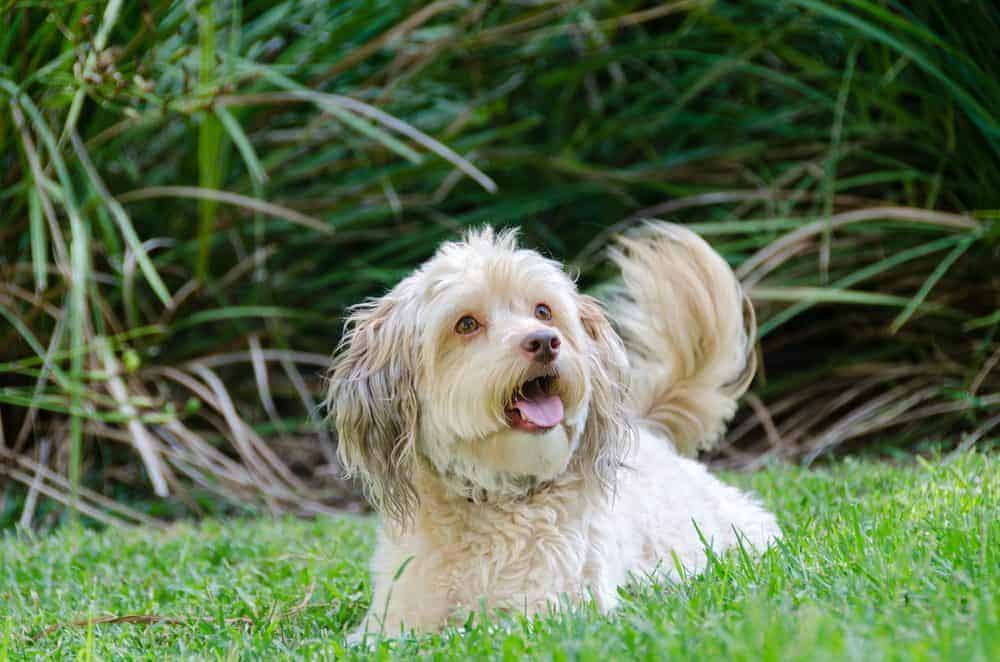
How often have you been out on a walk with your dog when you notice they’re about to eat or pick up something completely revolting, and you yell: “Leave it!”, “Drop it!” or simply “Noooooo!” in desperation? Whether it’s the leftovers of someone’s lunch from last week or ‘leftovers’ from another animal – or even the remains of an old tennis ball or a chocolate wrapper – eating it could make your canine chum very ill, either from bad bacteria or by causing a blockage in their gut.
That’s why teaching your dog to ‘Drop it!’ is a valuable, potentially life-saving skill. However, if you’re trying to part them from something that they really, really want and they’re as proud as punch at their find, this is far from easy.
Tamsin Durston of canine rehoming charity Dogs Trust advises: “Dogs enjoy picking things up, carrying them and chewing them – so having a way to tell them to leave something alone, such as your new shoes, or a dropped medicine packet, can keep everything and everyone safe.
“If we don’t teach dogs to leave things alone then we’re more likely to rush to them and grab them when they pick up something they’re not supposed to and snatch it away from them. This might make them panic and they might also learn to run away with things they find and chew them up quickly because they’re worried about how we might react. It’s much better to teach them that ignoring things when we ask is a really rewarding thing to do and always a good choice.”
Try out Dogs Trust’s top tips
1. Start with two different types of food – plain and boring versus extra tasty
Have the boring food (dry biscuit) in one hand, and the extra tasty food (sausage or cheese) in your other hand and place this behind your back. Close your hands around the pieces of food and make fists.
2. Hold out the boring food, stay still and keep quiet
Hold out the fist with the boring food and let your dog sniff your hand. Keep your hand still as moving it away from your dog might encourage them to jump up. Say nothing at all and simply wait for your dog to move their nose away from your hand.
3. When your dog moves away from the boring food reward them with the tasty treat
As soon as your dog moves their nose away from the fist with the boring food in it, produce your other hand with the tasty treat in it and let them have it. Tell them what a good dog they are!
4. Repeat, repeat, repeat!
Dogs learn by repeating things and you’ll find that by doing this over and over again your dog will get much quicker at leaving the hand with the boring food in it as soon as you offer it because they know that this makes the tasty food appear!
5. Add in the “leave” word
Once your dog is consistently moving away from the boring food being offered to them you can start to say “leave” as you hold out your hand and they move away. There’s no need to shout, as this might worry your dog. They already know what to do so you can both be confident, and they’ll soon start to associate the word “leave” with the action of moving away.
6. Practice in different places with more distractions
Once your dog has the hang of it, practice in different locations. In each new place, go back to the beginning again and work through all the steps to give your dog confidence and help them get it right from the start. They might find it harder because there are more distractions around, so be patient and go at their pace. Remember to ALWAYS reward your dog for leaving anything you ask with something they really want and enjoy.
Dogs Trust has a couple of really useful videos that are well worth a watch so you can see the training techniques in action before trying them for yourself with your dog:
Teaching your dog to 'leave it'
How to progress the 'leave'
If you found this interesting, you may also like:
Is taking your dog for a walk a tug of war?
Pulling on the lead is a behaviour that many dog owners grapple with on a daily basis. But with training, patience and plenty of encouragement, every dog can learn to walk nicely on the lead.
Leading to trouble?
Why can the most placid, well socialised and friendliest of dogs decide that an unfamiliar canine just has to be growled at when they’re on the lead? And what can you do to moderate this bewildering dog-meets-dog behaviour?
Brush up on your dog park etiquette
Fun in the park means good times for groups of sociable dogs. However, like any social activity, it’s important to know the basic rules of etiquette to ensure everyone stays safe and has an enjoyable experience
Tailor your training to your dog’s personality
When it comes to teaching your dog new stuff, it’s never a case of one size fits all. Canine behaviour experts agree that tailoring your approach by understanding the way your dog learns is key to success
Sources: dogstrustdogschool.org.uk














